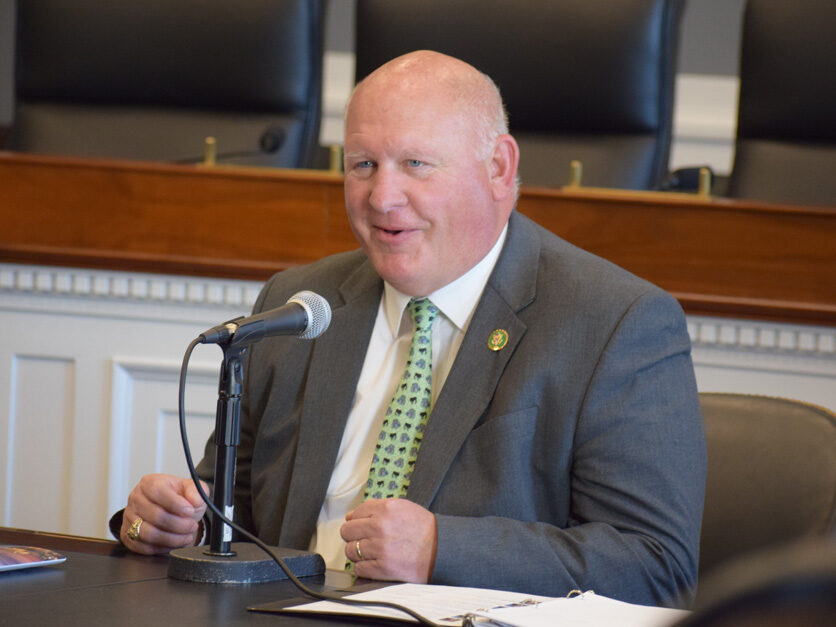Key Takeaways
- House Agriculture Committee Chairman Glenn “GT” Thompson plans to introduce a new farm bill this fall, aiming for $8 billion in funding.
- The legislation, addressing issues like industrial hemp and SNAP eligibility, follows previous budget reconciliation proposals that many viewed as overly expansive.
- Thompson seeks to maintain bipartisan support for farm bills, citing previous successes despite recent tensions over funding allocations.
New Farm Bill Proposal on Horizon
House Agriculture Committee Chairman Glenn “GT” Thompson has announced intentions to push forward a new farm bill this fall, which will focus on farm and nutrition programs that were omitted from an earlier budget reconciliation bill. The projected cost for this new initiative is approximately $8 billion over the next decade, significantly less than the $66 billion increase previously proposed in the “One Big Beautiful Act.” This earlier plan funded its expenditures through cuts to the Supplemental Nutrition Assistance Program (SNAP).
During a press conference, Thompson expressed urgency, stating, “September … Let’s get this out of the way so it can start to work for the American farmer.” The proposed “farm bill 2.0” aims to address pivotal issues, including concerns surrounding industrial hemp, lawsuits against pesticide manufacturers, and compliance with California’s Proposition 12 regulations regarding sow housing.
In addition to these issues, the bill will also tackle key components essential for supporting the agricultural sector, such as the reauthorization of the Conservation Reserve Program, limits on USDA direct and guaranteed loans, rural broadband assistance, and a mechanism for triggering permanent price support laws if existing commodity programs expire post-2031.
Thompson is notably focused on modifying SNAP eligibility as well. His proposals include expanding access for ex-convicts and students whose income currently affects their family’s SNAP eligibility. He aims to address what he describes as a “poverty cliff,” suggesting that instead of abruptly cutting off support as beneficiaries improve their financial situation, assistance should gradually phase out to foster full independence from government aid. Thompson remarked, “Instead of pulling the rug out from underneath these folks as they start to do better, let’s keep supporting them until they’re financially independent of the government.”
Despite potential resistance from Democrats concerned about funding transfers from SNAP to agricultural programs, Thompson remains optimistic and argues that bipartisanship is achievable. He mentioned that historically, farm bills have passed with support from both urban and rural constituencies in Congress.
Thompson asserted, “If it really was a bipartisan coalition, we would have been at 50-50, not 80-20 or 81-19,” referencing the disproportionate funding allocations from the 2018 farm bill. His comments underscore a desire for a unified approach moving forward, even amidst recent political divides.
This new effort reflects Congress’s ongoing commitment to address both agricultural and nutritional assistance, highlighting the importance of supporting American farmers while ensuring food security for vulnerable populations. For updates on agricultural initiatives and rural issues, visit Agri-Pulse.
The content above is a summary. For more details, see the source article.















